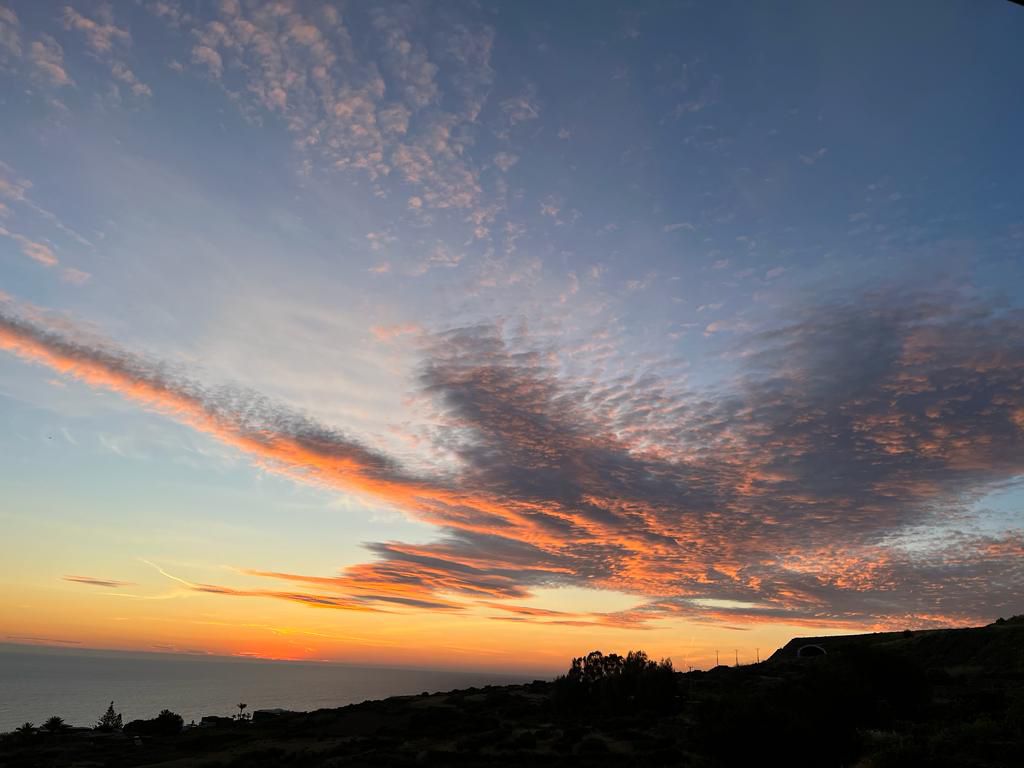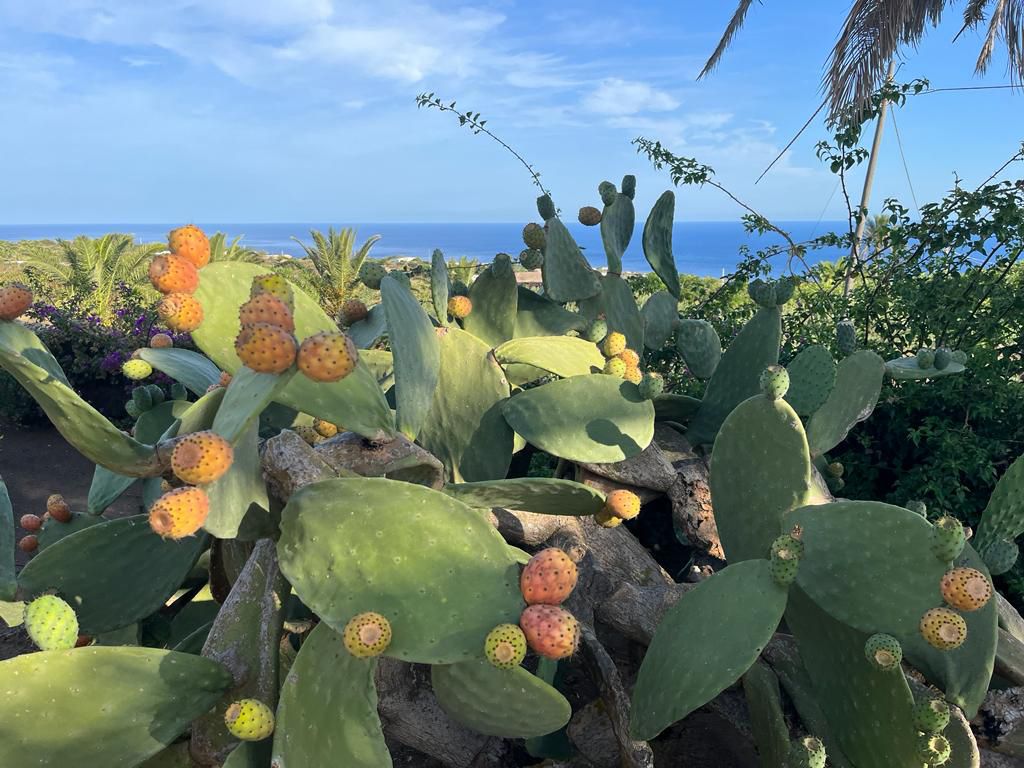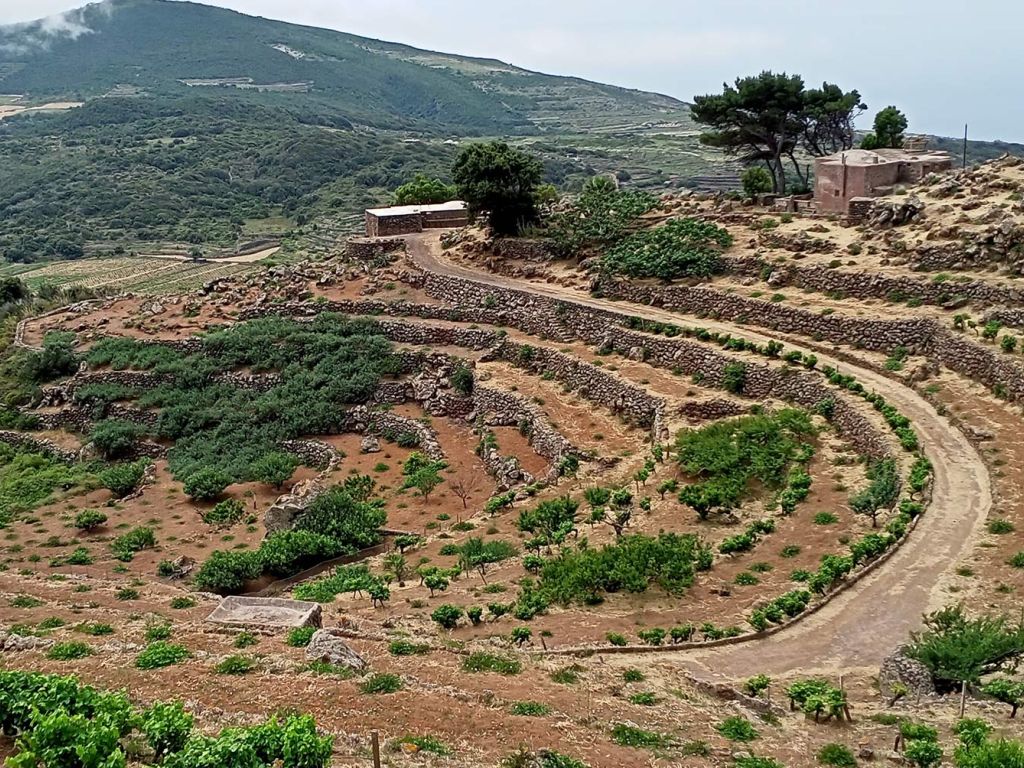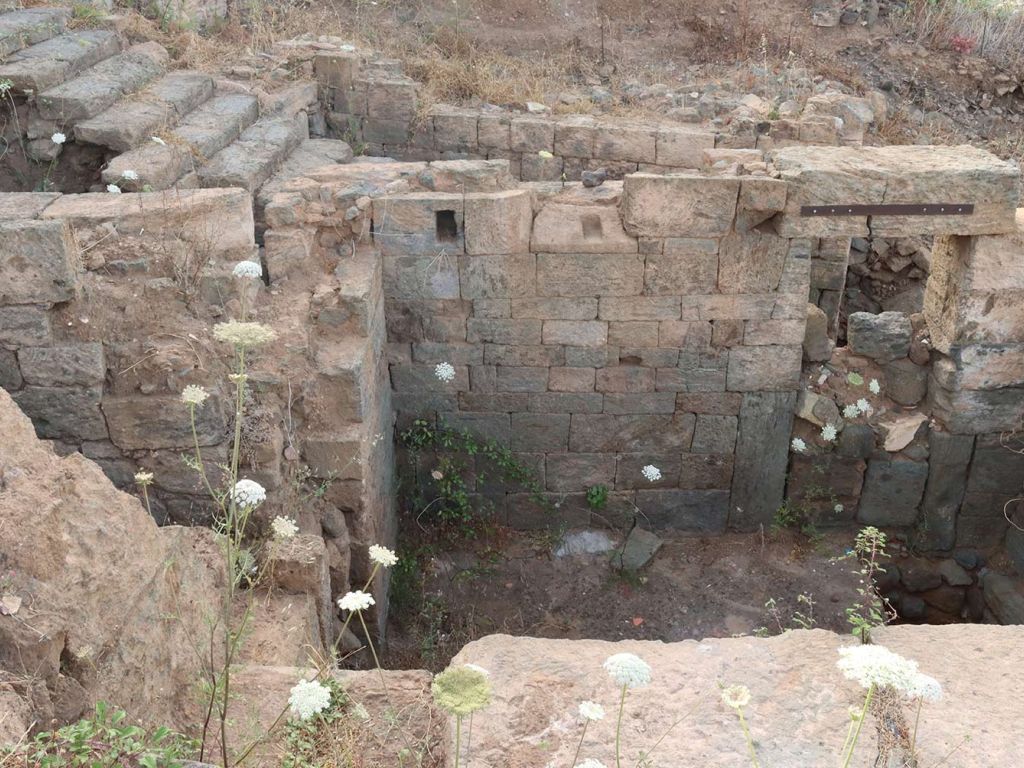
Pantelleria
Pantelleria, with its 83 square kilometers is the largest of the islands of Sicily and the fifth Italian. It is of volcanic origin, the highest point is the summit of the Montagna Grande with its 836 meters. The Lake of Venus is certainly one of the most evocative and characteristic places of the island. According to legend, Venus, the goddess of love and beauty, came to mirror herself in this very lake before every encounter with Bacchus.
The uncontaminated nature is the master, the Mediterranean maquis, the woods of holm oaks and pines, a variety of 597 tree and floral species make it a unique island. To this are added many species of animals and especially birds, some of which are present only here!




The Mirror of Venus: an open-air spa!
One of the most evocative places of Pantelleria is definitely the Lake of Venus, also called Mirror of Venus, with its wonderful colors ranging from light green to turquoise. A small natural lake that occupies the crater of an ancient volcano, fed by the rains and the three thermal springs, from which hot water flows with temperatures that can reach 60 degrees.
The southern shore is characterized by the presence of thermal and minaral mud, rich in sodium, potassium and sulfur.
The preferred activity of those who visit this natural jewel is to cover themselves entirely with mud and be pampered by its properties.
In fact, this treatment is of great benefit to the skin; it helps to free it from impurities and gives it softness.


The Acropolis: a site all to discover!
The Acropolis is one of the most valuable archaeological sites on the island.
In 217 BC, after the Carthaginian domination, the island of Pantelleria became definitively a Roman province. Thanks to the excavations that brought to light the remains of the acropolis, today it is possible to say that the urban layout of the city of Cossyra (the ancient Roman name of Pantelleria) was probably very similar to today’s.
The Acropolis rises on the hills of San Marco and Santa Teresa, a strategic place for the control of the whole island.
Important archaeological evidence of the dominant civilizations that inhabited Pantelleria (Phoenician-Punic and later Roman)The Acropolis was mainly residential, as evidenced by the many pottery found and water cisterns for water collection.
